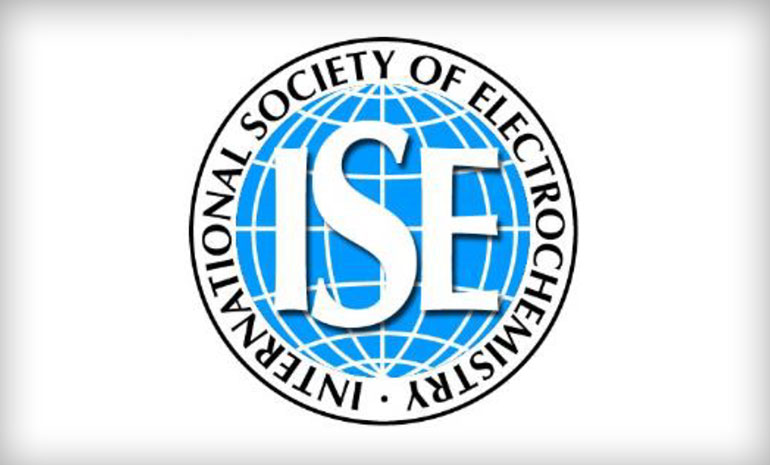- Bulgaria-Italy-Spain supercapacitors



B. Mladenova1, S. Veleva1, T. Stankulov1, F. Lufrano2, A. Arenillas3, A. Stoyanova1
1Institute of Electrochemistry and Energy Systems – Bulgarian Academy of Sciences, G. Bonchev Str. 10, Sofia, Bulgaria
2CNR-ITAE, Istituto di Tecnologie Avanzate per l’Energia “Nicola Giordano”, Via Salita S. Lucia sopra Contesse n. 5, 98126 S. Lucia – Messina, Italy
3Instituto de Ciencia y Tecnología del Carbono, INCAR-CSIC. Francisco Pintado Fe, 26, 33011, Oviedo, Spain
e-mail: antonia.stoyanova@iees.bas.bg
Supercapacitors show distinct advantages in comparison to conventional electrochemical power sources, such as batteries and fuel cells. Although they do not display high energy density, supercapacitors can provide much higher power capabilities, higher efficiency and long-life cycle. These characteristics and their low cost and simple manufacturing, make them promising for energy storage. Research in this direction consists of increasing the specific capacity of the electrodes, which must be formed by carbon materials with high specific surface area, hierarchical porous structures, excellent electronic conductivity and electrochemically active sites [1].
Alternatively, in order to increase energy density, hybrid capacitors can be designed to be placed between an electrical double layer supercapacitor (EDLC) and battery devices, or a combination of both technologies, where a hybrid cell could be made with one carbon EDLC electrode plus a pseudocapacitive electrode (e.g. MnO2) thus providing the device the power to improve its performance.
In this work, we present first results of research carried out on the synthesis of electrode materials and the development of solid-state supercapacitor devices. Carbon xerogels were prepared by microwave-induced synthesis based on resorcinol and formaldehyde [2]. The characteristics of the carbon xerogels produced are tailor-made to optimize the structural and porous properties in order to obtain pure carbons with high electrical conductivity and high surface area. Manganese oxide is instead prepared by co-precipitation method starting from two aqueous solution potassium permanganate (VII) with manganese (II) chloride and after precipitation, separation and drying; the MnO2 powder is thermal treated at different temperatures for the maximization of electrochemical performance.
Manganese oxide was chosen as possible positive electrode material for high energy supercapacitors and because of its pseudocapacitive features of high theoretical capacity of 1370 Fg-1, low cost, natural abundance, and environmental benignity [3]. In addition, it also exhibits fast and reversible surface redox reactions confined on external surfaces or the near-surface of electrode, resulting in rectangular-shaped cyclic voltammetry curves similar to EDLCs. However, because MnO2 is not an electronically conductive material and has poor cation transport, the electrodes must be composed of manganese oxide, carbon black powder, graphite fibers and PVDF polymer binder to meet the appropriate characteristics.
Subsequently, the MnO2 electrodes are prepared making an ink with a conductive carbon black, graphite and PVDF binder, which are the positive electrode for supercapacitors of high capacitance. The developed electrode materials and the Aquivion® E87-05S membrane (Solvay Specialty Polymers) as a polymer electrolyte were used to assembly solid-state supercapacitor cells.
The designed supercapacitor devices were investigated by galvanostatic charge/discharge measurements, cyclic voltammetry, electrochemical impedance spectroscopy and long-term durability tests to assess life cycle stability and electrochemical performance. Specific capacitances, energy and power density, internal resistances, columbic and energy efficiencies were compared into studied supercapacitors.
Acknowledgement: This research is supported by the award № DO1-286 / 07.10.2020 granted from by the Ministry of Education and Science of Bulgaria. Authors gratefully acknowledge.
References:
Additional information can be found HERE.